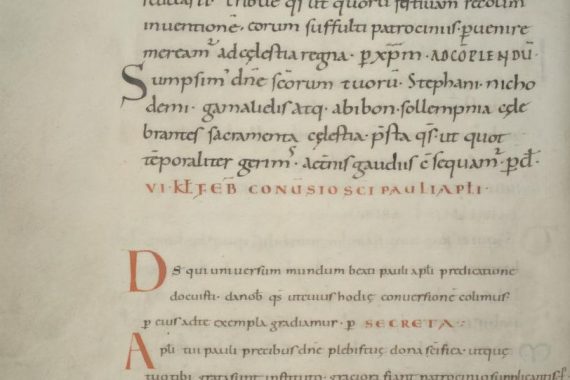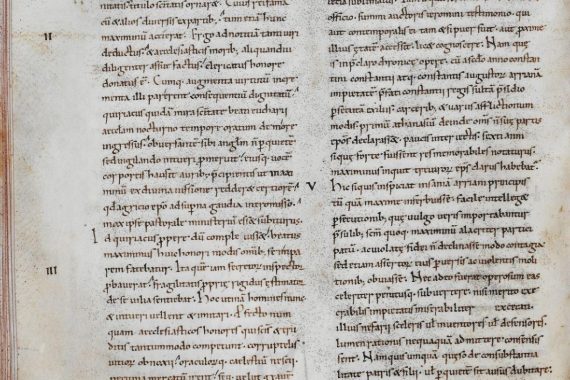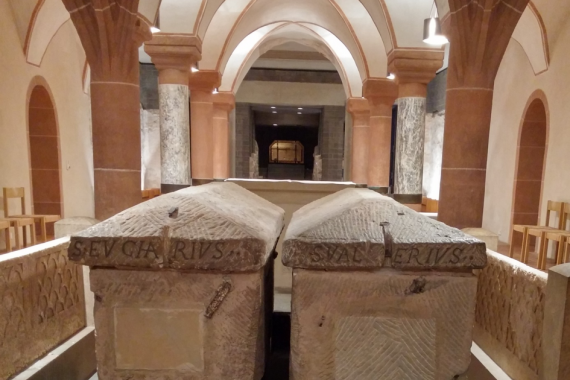Proper prayers on the move
Recently, scholars have agreed that early-medieval liturgy was by no means static and fixed, but rather flexible and full of variations. This was also true for the least flexible of liturgical celebrations, that of the Holy Mass. The readings from the Bible, the sermon and the proper prayers were the most variable elements in the…






